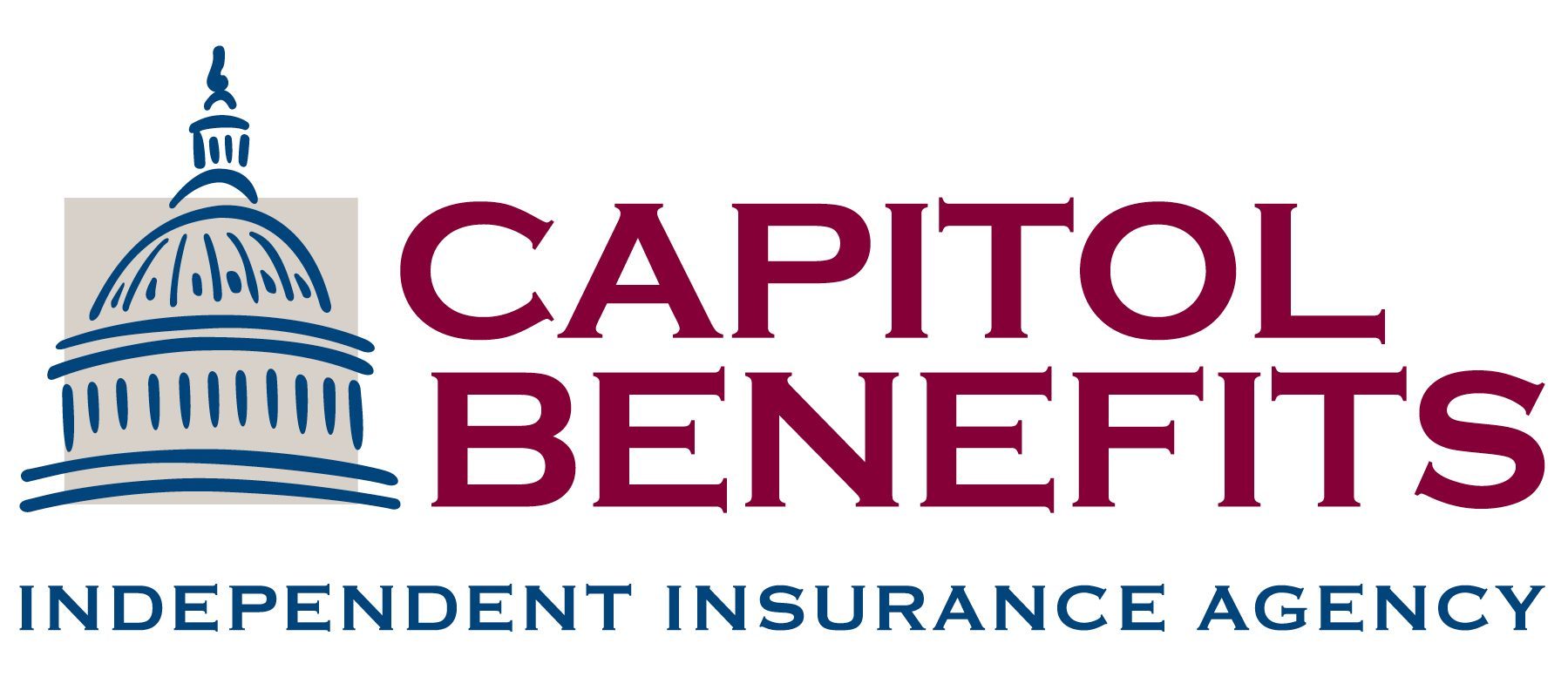The Open Enrollment Rut
Every fall, HR teams brace themselves for the same cycle: marathon meetings, endless emails, and employees who tune out halfway through the benefits presentation. For most companies, open enrollment feels like a box to check, and not a moment to inspire engagement.
But it doesn’t have to be that way.
Employees today expect clarity, personalization, and flexibility in how benefits are communicated. They want to understand what matters to them, and not sit through an hour of information that may not even apply. For HR leaders, that means rethinking not just the logistics of open enrollment, but the experience.
The question isn’t simply, “How do we get people to enroll?” It’s, “How do we get them to care?”
At Capitol Benefits, we’ve helped hundreds of organizations design benefit communication strategies that feel less like a compliance sprint and more like a people-first experience. Below are five strategies our clients use to drive engagement and reduce stress during open enrollment season.
1. Start Before You Think You Need To
If you’re still kicking off Open Enrollment communications just a week or two before elections open, you’re already behind.
Open Enrollment fatigue is real. By the time you launch your emails, most employees are already swamped with Q4 deadlines or holiday plans. That’s why the most successful HR teams we work with start planting seeds early—not about forms or portals, but about what’s new and why it matters.
Capitol Benefits Insight
We’ve seen participation rates increase by 30% when companies launch “pre-enrollment previews”. These aren’t long emails. They’re short, friendly nudges that highlight upcoming improvements or remind employees what to watch for.
How to Do It
- Launch a Benefits Preview Week two to three weeks before Open Enrollment.
- Use Slack or email to share quick teasers like, “Guess what’s new in your benefits this year?” or “Here’s what to expect from your open enrollment experience.”
- Keep it visual: graphics, short videos, or side-by-side plan comparisons always outperform dense text.
Early communication builds curiosity and gives employees time to think before the rush begins.
2. Replace Long Presentations with Micro-Education
If we’re being honest, the traditional all-hands benefits meeting is one of the least effective ways to educate employees. Attendance may be high, but retention is low. Most employees forget 90% of what’s covered within a week, and spouses, who often help make these decisions, rarely attend.
What Works Better
Short, chaptered videos. Think of them as “choose-your-own-adventure” benefits sessions. Instead of forcing everyone through an hour-long webinar, create modular videos that let employees skip directly to what’s relevant.
When one of our clients switched from a live one-hour webinar to five short Loom videos (one for each benefit category), engagement doubled. Employees watched the segments with their families, asked better questions, and made decisions faster.
Pro Tip
Use tools like Loom or Vimeo to record your videos, then create clickable timestamps by topic:
- Medical
- Dental
- Vision
- FSA/HSA
- Voluntary and Supplemental benefits
Pair the videos with short optional Q&A sessions or office hours instead of mandatory meetings. That small shift turns open enrollment into a flexible learning experience rather than a one-time lecture.
3. Turn Benefits Fairs into Experiences, Not Obligations
Most benefits fairs are well-intentioned but uninspiring. A few vendor booths, some pamphlets, and branded pens. Then everyone goes back to their desks.
To make your fair worth attending, focus on connection, education, and energy.
For one of our public-sector clients, we helped organize an event that felt more like a wellness festival than a corporate fair. It featured on-site carrier reps, wellness vendors, flu shots, biometric screenings through LifeWork Strategies, and a “benefits suggestion box” for feedback. Employees walked away with real value, and yes, branded water bottles too.
Attendance jumped 40% year-over-year, and the HR team received more feedback than in the previous two years combined.
Make It Fun (and Functional)
- Offer raffles, live demos, or mini wellness challenges.
- Bring in local health partners or financial wellness coaches.
- Add one-on-one “policy review” tables where employees can ask about home, auto, or life insurance options.
- And don’t underestimate the impact of snacks and music—creating a welcoming atmosphere matters.
When employees actually enjoy showing up, they’re more likely to stay engaged throughout the enrollment process.
4. Build an Open Enrollment Hub (and Track What Works)
Too many HR teams still treat their benefits platform as a digital filing cabinet—somewhere to upload PDFs and check a compliance box. But the best HR teams treat their portals as living communication hubs.
What to Include
- A dedicated Open Enrollment Page with a clear timeline, FAQs, and links to all resources.
- Embedded videos (like your micro-sessions from earlier).
Updated plan comparisons and benefit guides. - Contact info for your broker or carrier partners.
If you’re using platforms like Rippling, KTBSonline, or CRC Benefits (formerly BenefitMall), , check analytics to see where employees spend the most (and least) time. This data helps you understand which benefits need clearer communication next year.
We often find employees get stuck not because they’re confused, but because the portal design doesn’t guide them through the process logically. A few well-placed headers or a simplified layout can cut enrollment questions in half.
5. Don’t End When Enrollment Does
Open Enrollment officially ends, but the employee learning process doesn’t. In fact, most benefits confusion happens after enrollment—when employees try to use their new plans for the first time.
Capitol Benefits Tip
Follow up with a post-enrollment “Did You Know?” campaign. Send two or three quick emails over the next few months highlighting underused benefits:
- “Did you know your plan covers free annual physicals?”
- “Here’s how to access your telehealth portal.”
- “Don’t forget, your FSA card works for over-the-counter items too.”
These short reminders keep benefits top of mind and help employees see real value from the plans they chose. That ongoing engagement builds trust, and saves HR teams from answering the same questions again next year.
Bonus: Make Flexibility Part of Your Benefits Strategy
Employees’ lives aren’t one-size-fits-all, so neither should your benefits approach be. Consider flexible models like stipends or modular benefits that let employees pick and choose what matters most to them.
Capitol Benefits helps employers explore options from direct-to-carrier administration to co-employment models that reduce overhead and simplify compliance. The more personalized your benefits process, the easier open enrollment becomes.
Culture, Communication, and the Bigger Picture
Open Enrollment is a reflection of your company culture, not just another HR task. How you communicate benefits says a lot about how you treat people. When employees feel informed, respected, and supported during this process, it sets the tone for the entire year.
So, how do you make that happen? Start early, simplify the experience, and meet employees where they are. You’ll build more trust, reduce confusion, and show that your benefits program isn’t just a policy, it’s part of your culture.
Final Thoughts
Open Enrollment doesn’t have to be stressful or repetitive. With thoughtful planning, modern communication tools, and a little creativity, you can turn it into a season of connection and clarity, not chaos.
Want to see how Capitol Benefits helps organizations boost participation, reduce confusion, and create benefits experiences employees actually enjoy? Sign up for a free culture tour or request a benefits quote today.


